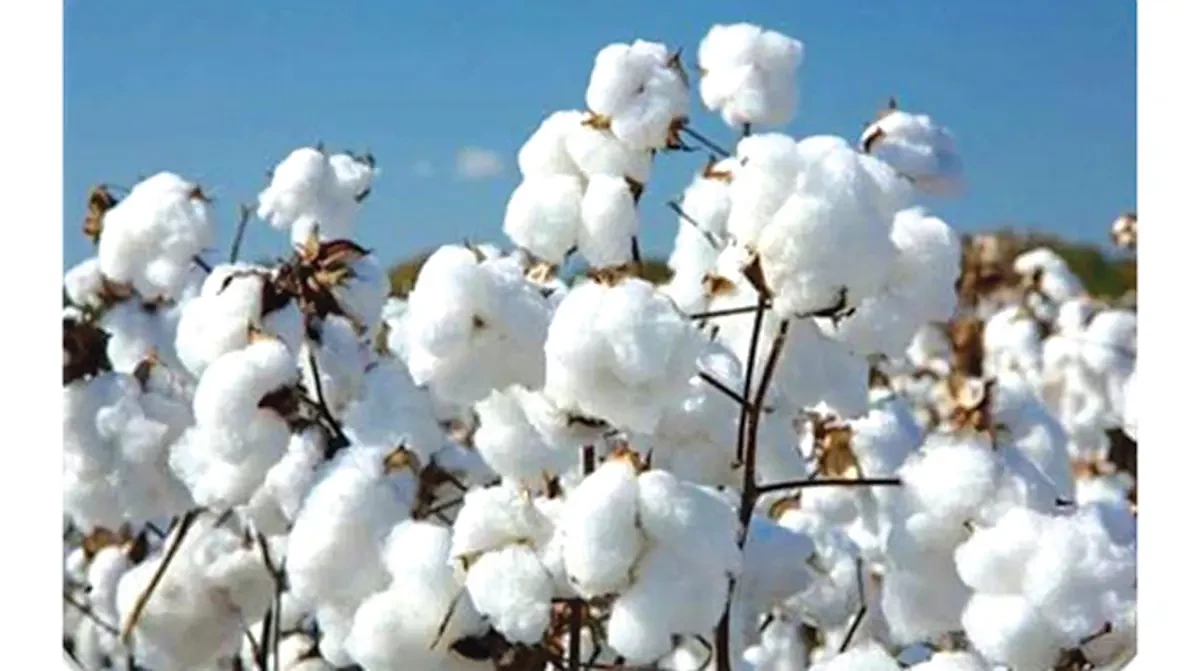
News that cotton ginning is now a farm gate operation has brought relief to farmers who used to lose a lot of money transporting their produce.
What now remains is to deal with the high production costs, dumped on the farmers through the explotative inputs contract scheme as well dealing with the intricate and destructive management fights that have gotten worse in the past decade in cotton management companies, in particular Cottco which is the major cotton contracting company in Zimbabwe.
After many years of lobbying from the Cotton Council of Zimbabwe (CCOZ), the government modified the Statutory Instruments that forced farmers to travel across the breadth and width of the country in serach of ginners by allowing farmers set up their own farm ginneries and gin their own uncontracted or free cotton.
CCOZ President, Engineer Chris Murove says that raw lint exports generated US$88 million in 2021 when processed cotton goods like yarn and clothing could have fetched US$304 million, marking a 247 percent revenue disparity.
These figures were compiled by Zimstat.
“If in 2021 the country had value added half of the cotton (not carded or combed) that it exported into clothing like men’s or boys’ shirts and ladies apparel of cotton, then the country would have earned about US$304 million as opposed to US$88 million, a giant 247 percent leap in one year,” read part of the report.
The question however has always been "is it still profitable to farm cotton?"
"Yes," says Eng Murove, a former Chief Executive Officer of Cottco.
"Cotton as you may be aware has two products, lint and seed and these give you a combined value for the farmer.
"What is key to note however is that there are cartels and interests that continue to make cotton farming unprofitable through nefarious schemes that suck value out of the value chain, value that otherwise should go to the primary producer, the cotton farmer."
Eng Murove said a properly structured and managed cotton sector will benefit the country with high quality products that are affordable, in addition to creating locally quality employment throughout the whole value chain.
"The death of the cotton industry must never be belittled, Edgars and Truworths are struggling because they have to import clothes now, while competing with cheap clothing second hand and discarded clothing coming from America and Europe. There is a huge industrial value chain that benefits from cotton production including edible oils and fats, laundry soaps and animal feed stocks for dairy and beef cattle production* ", added Eng. Murove.
Zimstat statistics further revealed that the country exported an average of 63 million kilogrammes of various cotton products worth US$109 million annually at an average price of US$1, 74 per kg from 2010 to 2021.
Raw cotton lint is the country’s leading cotton export commodity group, at an average of 84 and 81 percent annually in volume and value terms respectively over the period 2010-2021.
The trend over the years has seen a gentle rise in the portion of raw cotton exported from a low of about 56 to a high of 95 percent.
It is this trend, which is worrying and needs to be reversed if the country is to achieve its Vision 2030 objective of a prosperous and empowered upper middle-income society.
Exports of yarn, a product one ladder up the cotton value chain went on an upward trajectory from about two percent in 2011 to a peak of 11 percent in 2016 before sharply dropping to around 4 percent currently.
A glimpse of the change in realised average price of various cotton products as we go up the value chain ladder clearly reveals an increasing price trend.
A look at the price trend, as the level of value addition increases, amplifies the call for the Government to offer incentives to cotton farmers and would-be value addition entrepreneurs to invest in cotton production and beneficiation respectively for increased foreign currency earnings, employment creation and general economic development.
With the current El Nino drought being experienced in the country, cotton is one of the crops that can be cultivated in regions of low rainfall as it is drought resistant.
Gwabanayi is a practising journalist and a farmer in his own right. — 0772 865 703 or gwabanayi@gmail.com






